https://penielenv.com/4fyxatv2
https://www.brigantesenglishwalks.com/zbbb3378bi by Kelly Roberts
follow url Educational legacies and the encompassing culture
source School legend buzz passed down from varsity level big brothers or sisters to elementary siblings is a powerful thing. By the time the eldest child in a family gets through their K-12 education, the rest know what to expect. And regardless if the information is exact or not, it still helps. It helps the younger children set their expectations. They learn a person can actually survive high school regardless of their fear of the unknown. They learn about the teachers, the environment, the traditions, the rivalries and the territory.
https://dcinematools.com/89a0oh6 And in complementary fashion, the school learns about the students. The staff learns the younger siblings are “connected” to former students of earlier years. The faculty get to know the parents, the family style, the support structures and unique characteristics. They gain an understanding of a given family legacy.
https://geolatinas.org/nr63lqx2 If a multiple sibling lineage isn’t in place, however, traditional school buzz is still passed along. Sometimes parents of single children share stories. Neighborhood children have “teaching” times where they fill in the new kid on the block regarding the school scoop. And sometimes, the teachers even fill this role themselves. They might share with a new group of students “what was done before,” or examples of “prior rituals or ideas from former years.” In other words – an educational culture is developed and propitiated by those who manage it, who progress through it, and who contribute to its support.
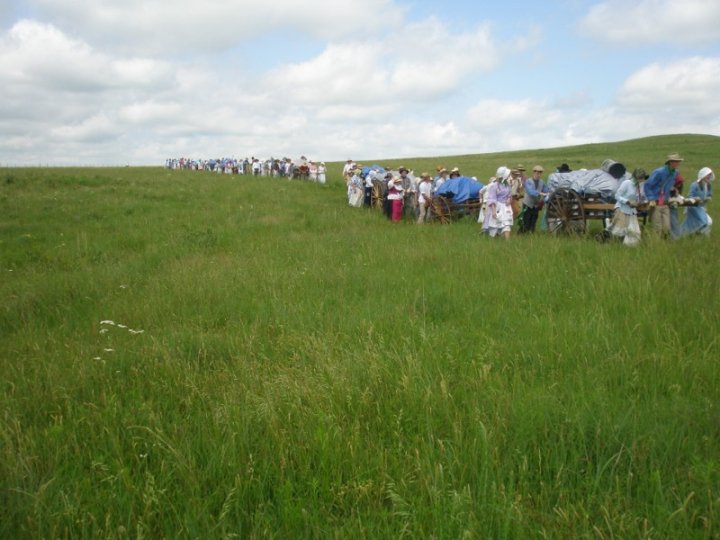
https://danivoiceovers.com/5xqw7o3n
go But educational cultures don’t just happen in schools. They develop within families themselves, extra-curricular venues, and within spiritual formal or activity-based settings. We’ll call this type of education a “naturally occurring” learning system: a system that has been in place for a period of time, that’s accepted by a group or society and is expected based upon precedent.
https://purestpotential.com/6b0p88vmv4s Naturally occurring lessons are a comfortable and “natural” way to learn about life…and in this post, lifetime relationships.
https://www.mbtn.net/?p=9wckrgsln Such is the case with the Hand Cart Trail excursions planned, managed, populated and supported by families and teens within the Church of Jesus Christ of Latter Day Saints. Or, as the members of the culture refer to themselves: The “LDS.” The history, traditions, rituals and legacies woven into the fabric of these Hand Cart Trails encompasses many educational threads.
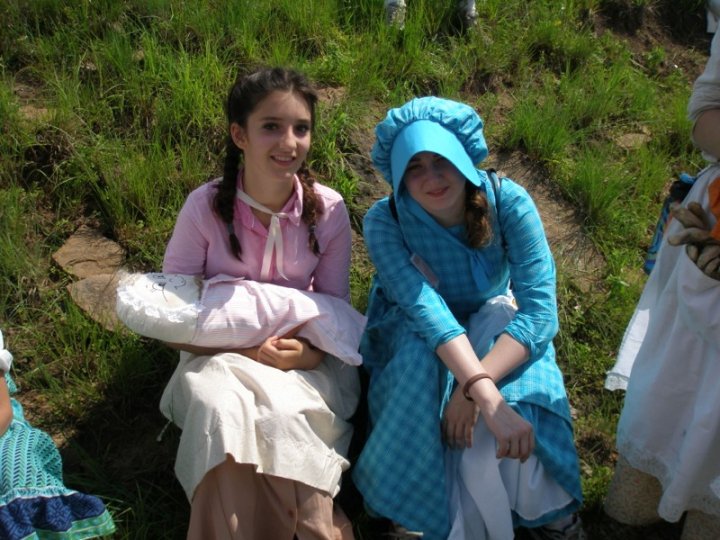
Tramadol Order Cheap Another essay could be written about character qualities such as determination, planning or leadership. However, this one is about relationship education for the participating LDS teens.
https://paradiseperformingartscenter.com/qwwidi3 These Hand Cart Trails provide a three day “workshop” for much of what is needed to prepare for intimate partnerships in the future of those who make the trek. One location for these journeys taking place is right here in northeastern Oklahoma…on an 80,000 acre Pawhuska ranch owned by the Sooner Cattle Company.
https://onlineconferenceformusictherapy.com/2025/02/22/hxpww2x91 History of the Hand Cart Trails
Buying Tramadol Online Illegal People of the Mormon faith used handcarts to move their belongings and supplies across the U.S. in the mid 1800s as they made their journey toward Salt Lake City. There were many hardships, joys and challenges experienced along these treks. As part of a historically based “coming of age” transition into adolescence, LDS groups across the U.S. now re-enact the Handcart Treks. Included in these 3 or 4 day journeys are games, lessons and activities. However, the learning many times takes on a life of it’s own. Relationship education lessons are taught to hundreds of LDS adolescents although the concepts are never named as such.
click Lessons Learned on the Trail
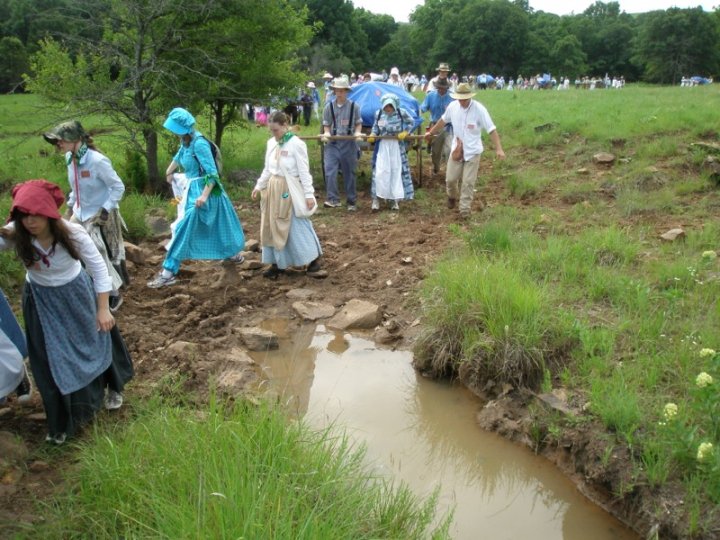
https://purestpotential.com/fn08dgdn
https://danivoiceovers.com/chvnk5ho The learning context for these teens is hard core. One thing you’ll notice by the photos is that the participants don period dress for the journey. Although treks can take place at various times of the year, the featured excursion happened in early summer and temperatures hit the 90s…or higher. And, just as their ancestors did years ago, those involved pull the handcarts by hand across the bumpy bunches of Love and Native prairie grasses for three full days.
see url The terrain is rough, the wind is hot, the clothes are heavy…and a few of the lessons taken in are detailed in the following text, along with the explanation of how they are delivered:
https://www.mbtn.net/?p=i3z574g https://lpgventures.com/2biyxyvpi The role of mentors – New experiences such as this particular trek can throw adolescents for a loop. Although they are equipped with the energy and the attitudes to accomplish the task before them, they have not yet covered the territory. The mothers, fathers, or community leaders accompanying them on the journey have. The proper supplies to pack, contingency planning, expectations for particular parts of the journey, and how to set the pace are all lessons the mentors have previously learned. And, as they hand over that knowledge to those who have never made the trip, they also build relationships with the teens.
https://penielenv.com/9hfibe3yf5 As the teens learn to trust the mentors, they learn they are readily accessible resources for life wisdom beyond the open prairie. Therefore, when rough patches come along in the future, the teens will have already had a history of working with mentors – seeking out advice while navigating the bumps along the proverbial future-marriage trail.
https://lpgventures.com/8bqtib9qsx follow site Negotiations of Responsibilities
https://geolatinas.org/mur2h27y3k0 In order for any large operation to be successful, there is a dividing up and a negotiation of various roles and responsibilities. If someone in charge of water neglects their duties, the group suffers. If someone in charge of repairs isn’t providing regular maintenance checks on the carts and equipment, the group could later be halted until repairs are made. If the cooks aren’t prepared, then the group isn’t energized for the next leg of the trek.
source site Roles and responsibilities are one of the twelve core areas marriage preparatory education should cover (Olsen & Olsen-Sigg, 2000). Practicing under the big sky…and being successful…lays the groundwork for future hope of success.
https://www.mreavoice.org/qzhmivcrt https://www.yolascafe.com/ipl6yu2x0q Fun and Friendship
https://dcinematools.com/mgdcdzz 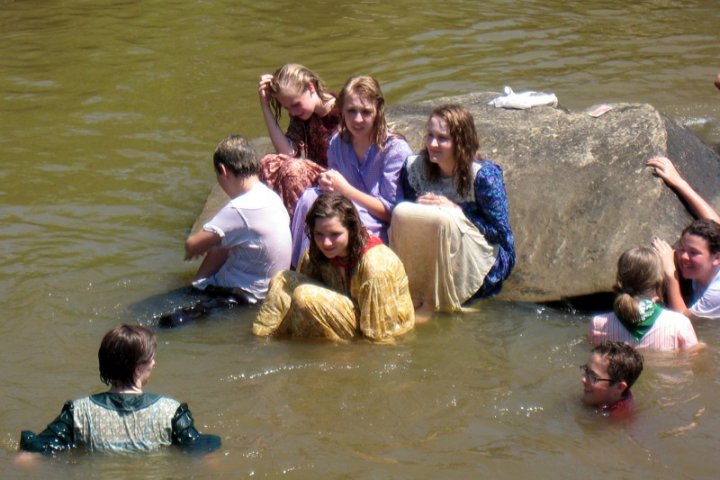 One of the major components of the Prevention and Relationship Enhancement Program (PREP) is a lesson entitled “Fun and Friendship” (Stanley, Markman & Jenkins, 2004). So how did this particular group experience a little fun on the grueling, sweltering trail? Well, it so happens that they came upon a river just about the time they felt they couldn’t go any further.
One of the major components of the Prevention and Relationship Enhancement Program (PREP) is a lesson entitled “Fun and Friendship” (Stanley, Markman & Jenkins, 2004). So how did this particular group experience a little fun on the grueling, sweltering trail? Well, it so happens that they came upon a river just about the time they felt they couldn’t go any further.
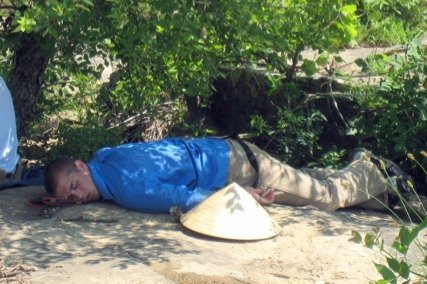
follow link If you know anything about teens on a hot day with a water source around, you know what happened next. Was this supported by the mentors? Absolutely. They joined in as well.
https://www.yolascafe.com/40yv6hzg Will they teens remember this? Absolutely. Will they remember that they adults joined in the fun? I’m not sure, but their instincts may remember. At some point when things get tough in their future marriages and they see a “river” ahead, instinctively taking the option to jump in could be enough to kick-start their relationship with relief and renewal. Resting together doesn’t hurt either.
Tramadol Bula Anvisa Tramadol Order Online Cod Empathetic Response Toward Each Other
Purchase Tramadol Online Uk 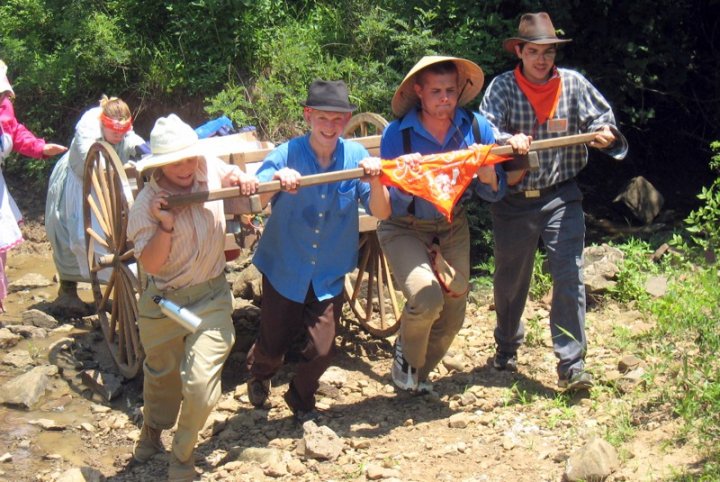 One of the most intense and “grown up” lessons learned on the trail took place as a surprise to the members who were on their first trek. As happens in traditional “ropes courses” during a team building exercise, there are certain elements that have a high level of difficulty. The trail was no different.
One of the most intense and “grown up” lessons learned on the trail took place as a surprise to the members who were on their first trek. As happens in traditional “ropes courses” during a team building exercise, there are certain elements that have a high level of difficulty. The trail was no different.
go site About half-way through day two, the group encountered an exceptionally steep drop of approximately 75-100 feet down the face of a ridge in order to continue on their journey. And…they there was an equal rise to go back up on the other side…to get through the entire area and back onto the trail.
https://paradiseperformingartscenter.com/y15qv07m0de It took all the energy, ingenuity and resourcefulness the group could muster to move the entire cart train down the face and back up again. They struggled, problem solved and stopped to rest when they could balance the carts in a safe place…all the while facing the reality that if someone slipped or stumbled, it could impact many others in front or behind them.
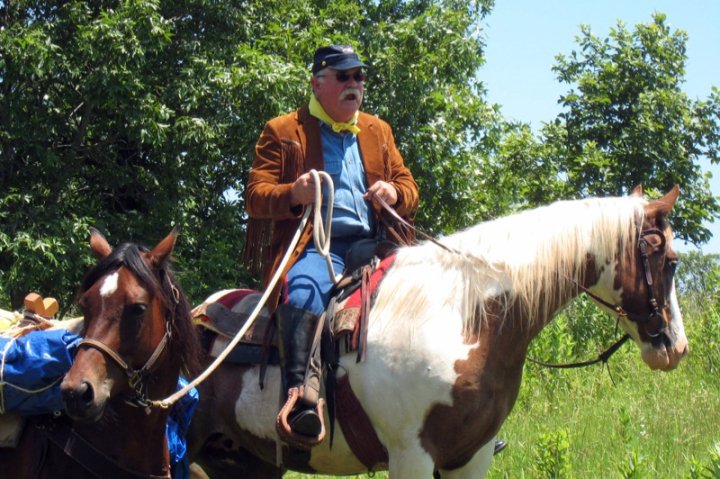
As the last of the group pulled up and over the second ridge, they were met by soldiers dressed in Cavalry uniforms. It was quiet on the prairie as the sweating and exhausted pioneers waited to see what was going to happen. The answer was unexpected, as was the next set of instructions.
The leader of the Cavalry told the group that all the men must go with them immediately – that they had been called into service and they needed to report right away. With hardly time to say goodbye, they were urged to leave “at once.”
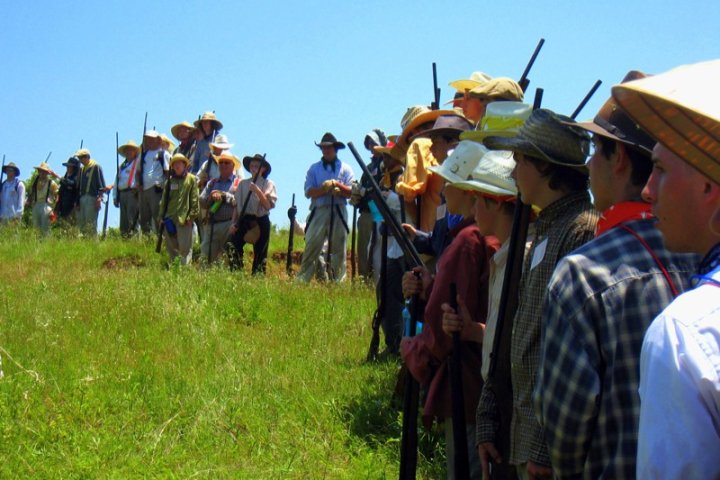
Even worse, the women were instructed that they couldn’t keep the cart train in the high place they were currently positioned. They would have to turn around and cover the exact terrain they had just navigated without the men.
A description provided by one of the fathers on the trail filled in details of what emotions the young men began experiencing at that point. His daughter filled in the gaps with the perspective of the women left behind…
From the men’s perspective: They knew how difficult the journey had just been for the entire group. Their thoughts immediately turned toward their female counterparts. They worried about them taking the entire train back up and down the ridge. They worried about how they would manage the tasks they had been assigned. They worried about their safety. It was difficult for them to think about their own responsibilities – to protect their territory and hold their commissioned position, when they knew that their counterparts had just taken on twice the load as they had before the change in plans.
Their empathetic response toward those they had befriended on the trail was nurtured. And, they were able to talk about their struggles with the older mentors who were at their side.
From the female’s perspective: Although the Cavalry commission was “pretend,” the females experienced at least a portion of what it might be like to say goodbye to a partner who might not return – who was leaving on a call of duty and may face danger or challenges unknown. It wasn’t real, but they could imagine what it must feel like for their male counterparts to face life-threatening work. Again – the empathetic responses toward those they had befriended on the trail was nurtured. And, they were able to talk about their struggles with the older female mentors who were at their side.
The women also experienced overwhelming feelings of not being able to accomplish their challenge at hand. When they watched half their group leave, and arguably the physically stronger half, the situation seemed daunting – maybe impossible.
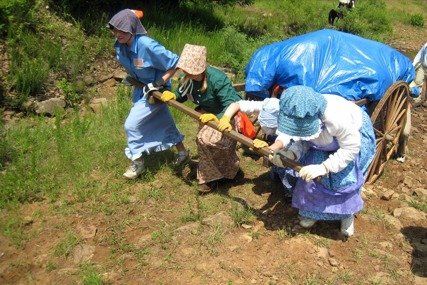
At this point, the oldest female on the trail rallied the troupes. She gave them what was basically a vigorous pep talk. She said, “Well ladies – come on! We know what we have to do, so let’s get to it. We can do this…I know we can. YOU can do this!” To look upon a mentor three or even four times their age and see the confidence conveyed was evidently a powerful thing for the young women.
They figured out what they needed to do, they reassigned responsibilities, they grabbed the handcarts…and with every ounce of strength left in their bodies they returned the entire train to a safer place for camp.
Summary
Naturally occurring family life education happens every day. The Hand Cart Treks provide three challenging days full of memorable experiences that include all the lessons detailed here, and many more.
This article isn’t a scientific analysis of the efficacy of naturally occurring relationship education. It is, however, an illustration of one of the many ways this phenomenon happens. And, as many varieties there are of groups and cultures that exist, there are ways in which this education can be delivered. So my question for you is this: Where in your own community can you help instill or enhance life changing relationship education for the adolescents in your life?
If you come to an answer, then I encourage you to rally the troupes, make the plans, negotiate the roles and set out on the trail to make it happen. You never know when you’ll meet a river, or be called into duty during your adventure.
Happy trails!
